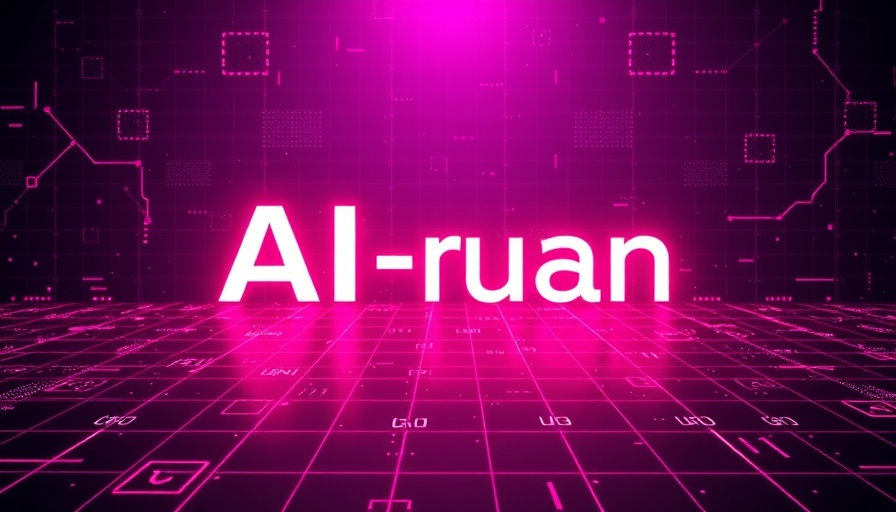
Revolutionizing SOC Operations: A New Era with Pathfinder AI
The announcement of Hunters' Pathfinder AI marks a significant advancement in the arena of Security Operations Centers (SOCs). Set to further elevate cybersecurity protocols, Pathfinder AI introduces Agentic AI, a noteworthy innovation that promises autonomous investigation and response capabilities. This pivotal development is crucial as organizations navigate the increasingly complex landscape of cyber threats.
Understanding the Agentic AI Advantage
Pathfinder's Agentic AI transcends traditional automation frameworks that often leave security analysts swamped in excessive alerts instead of focusing on critical threats. Unlike previous models reliant on inflexible workflows, Agentic AI dynamically prioritizes alerts, filters out trivial notifications, and refines investigation paths. This adaptive approach not only streamlines operations but significantly boosts efficiency, ensuring that security teams can effectively respond to genuine threats while minimizing manual intervention.
The Importance of AI in Today's Security Landscape
As cybercriminals evolve their tactics, traditional automation solutions, such as Security Orchestration, Automation, and Response (SOAR), have struggled to keep pace, often falling short in operational efficacy. Despite years of evolution, these platforms failed to address many foundational challenges—primarily rooted in their inability to handle those investigative “thinking tasks” effectively. Meanwhile, Agentic AI stands out as the answer to these shortcomings, offering a context-aware decision-making model that is built to learn and adapt in real-time. This becomes essential when handling sophisticated threats that exploit vulnerabilities in traditional systems.
Transformation of SOCs Through Intelligent Automation
AI's infusion into SOCs has been transformative, allowing security teams to shift from reactive to proactive stances. With Pathfinder AI, training AI to recognize patterns within alerts provides an unmatched speed of response. By interrogating every alert, correlating findings across security frameworks like MITRE ATT&CK, and employing behavioral analysis, it helps security analysts swiftly discern between real threats and false positives. This capability not only enhances the accuracy of responses but also significantly reduces Mean Time to Respond (MTTR)—a crucial metric for any organization's security posture.
Impact on Workforce Dynamics and Analyst Morale
Importantly, Pathfinder AI's introduction of Agentic AI is not just about improving technology—it's also about revolutionizing workplace dynamics. By automating humdrum tasks associated with triage and investigation, AI liberates security analysts from the monotonous workloads that can lead to burnout and dissatisfaction. Instead of laboring over routine investigations, analysts can use their expertise in more strategic, high-value decisions, improving job satisfaction and retention in the field.
Trusting AI for Critical Security Operations
One lingering question surrounding AI in cybersecurity, particularly with advanced solutions like Agentic AI, is trust. How can security teams at organizations gain confidence in these intelligent systems? The answer lies in the thoroughness, transparency, and accuracy that Agentic AI offers. Each analytical step taken by an AI agent is meticulously documented, providing human analysts with the necessary data to review actions and decisions made by the system. This level of accountability not only fosters trust but enables compliance with regulatory standards.
Key Insights for AI Enthusiasts
As the cybersecurity landscape continues to evolve, staying informed about innovations like Agentic AI is vital for AI enthusiasts looking to understand the implications of these advancements. Pathfinder AI reflects a clear trajectory toward a more automated, efficient, and effective approach to security operations—one that promises to reshape how organizations protect their digital environments.
With the introduction of Pathfinder AI, Hunters solidifies its position as a frontrunner in the domain of cybersecurity, paving the way for enhanced operational efficiency and proactive security methodologies.
 Add Row
Add Row  Add
Add 




Write A Comment